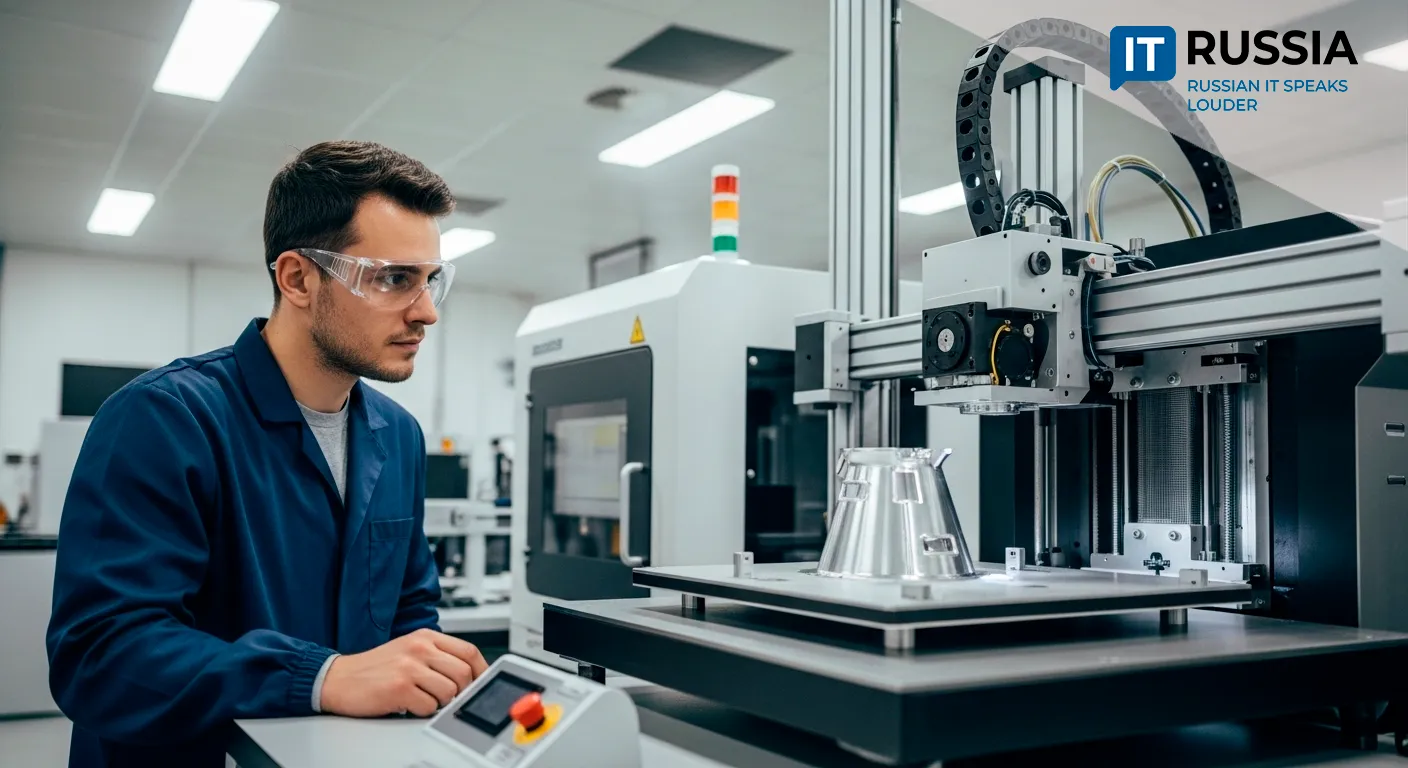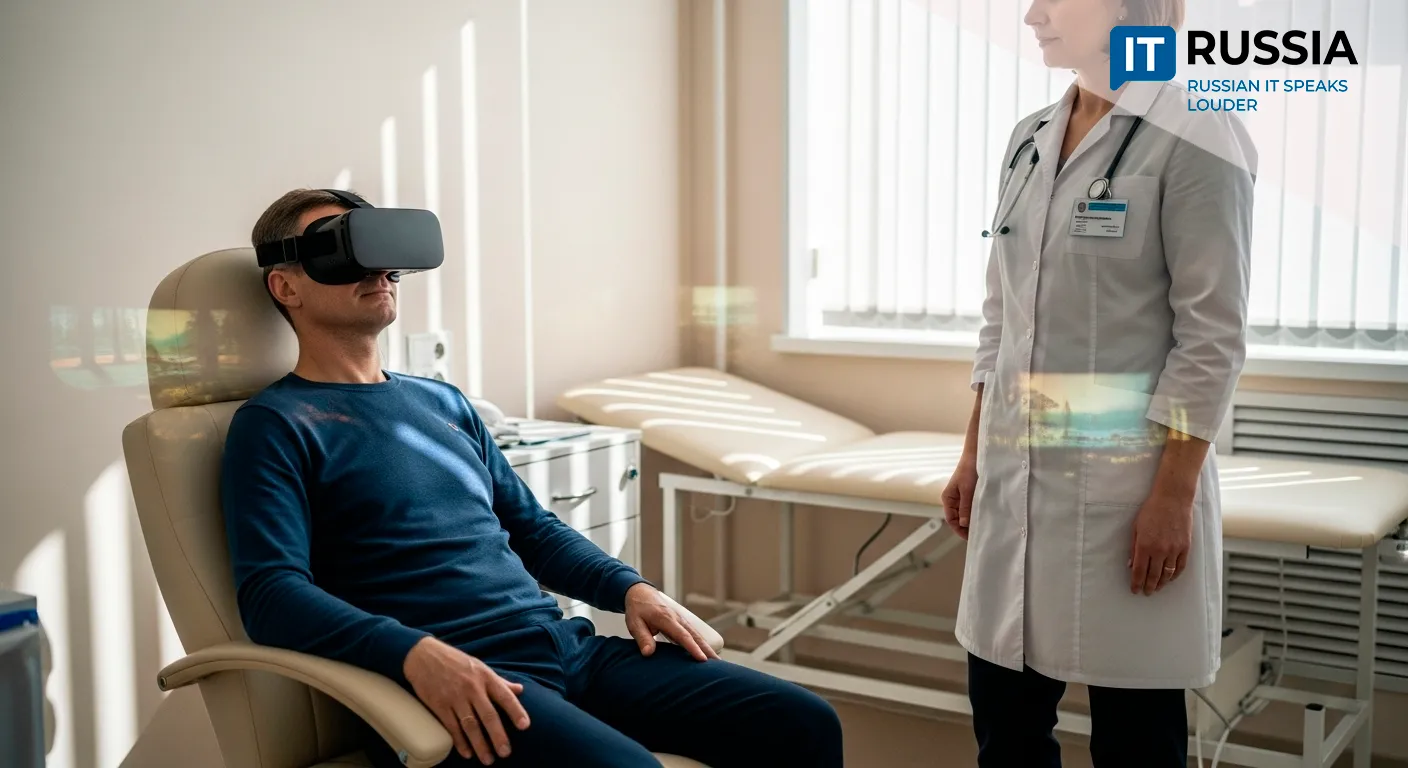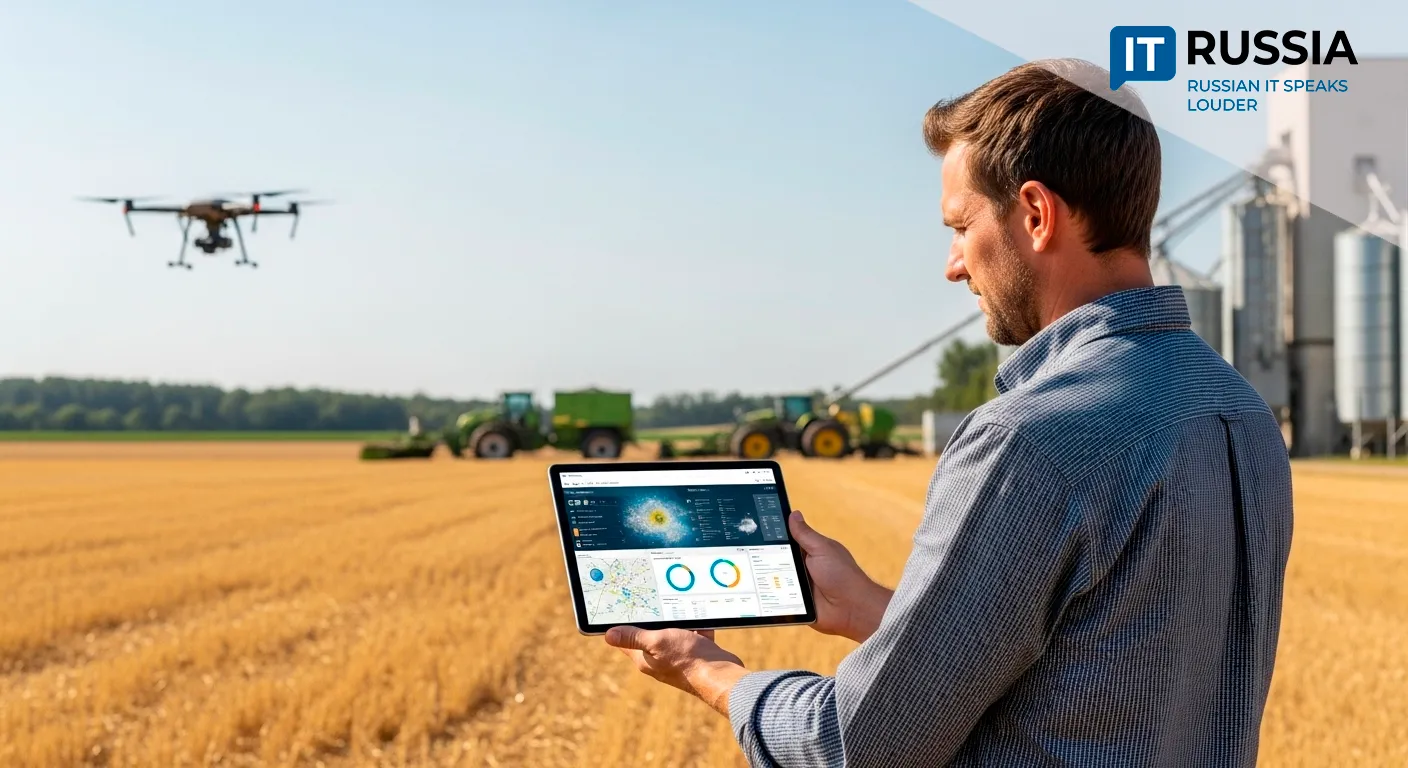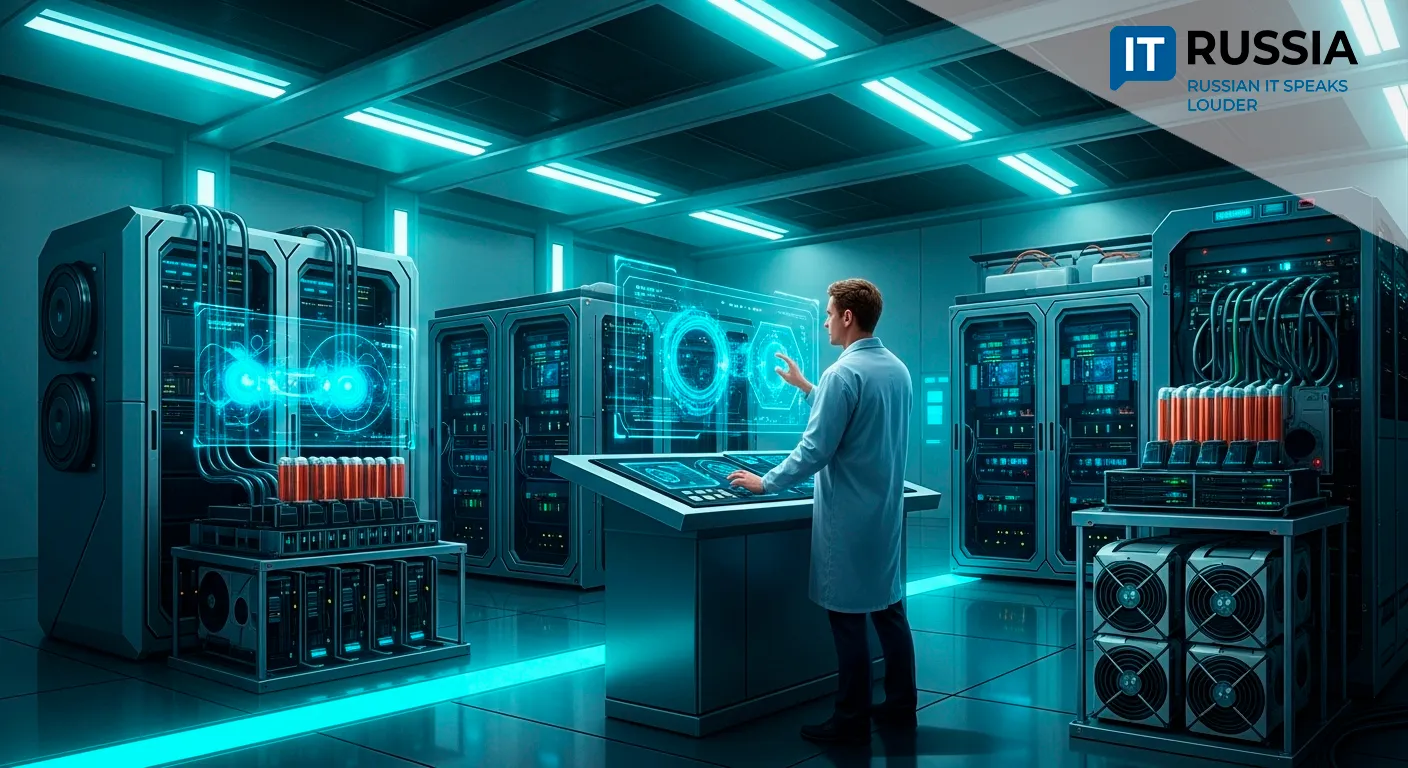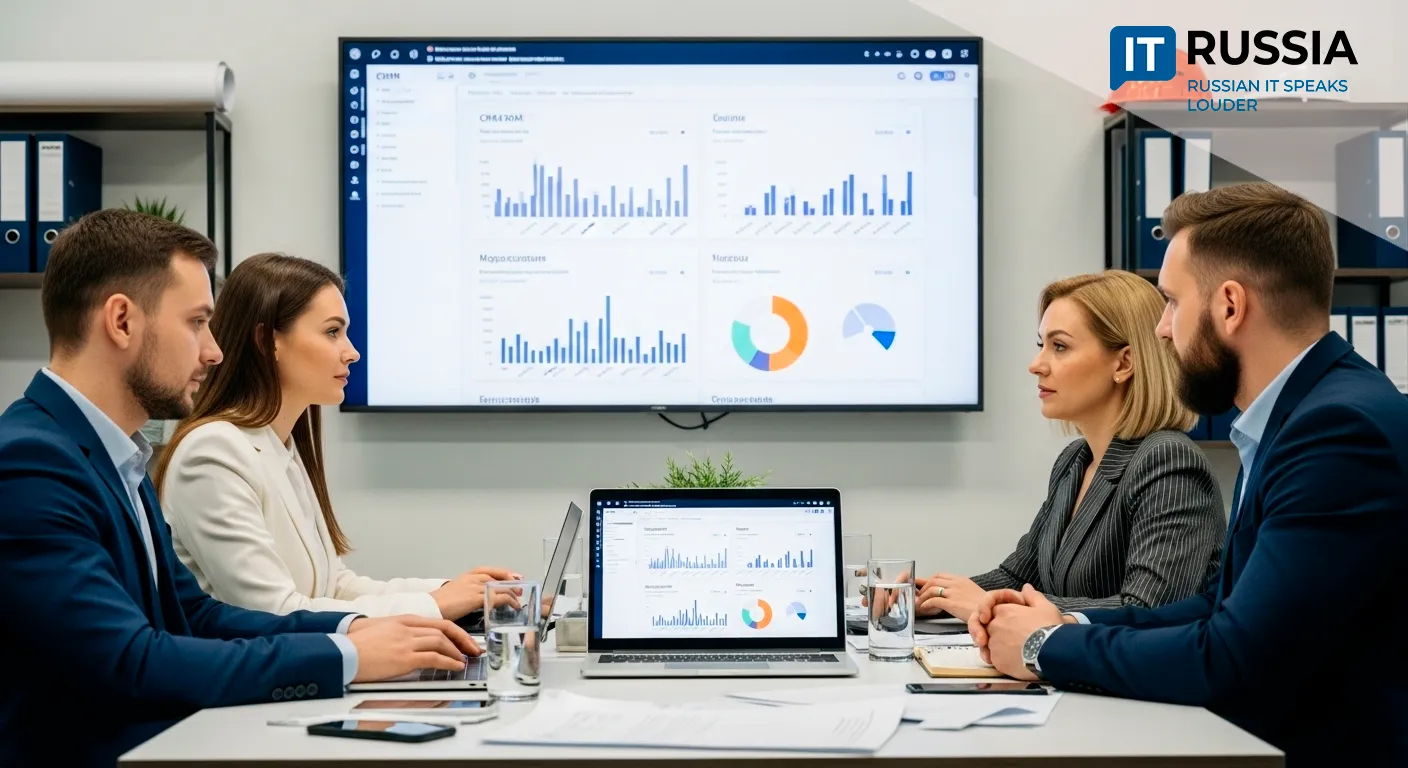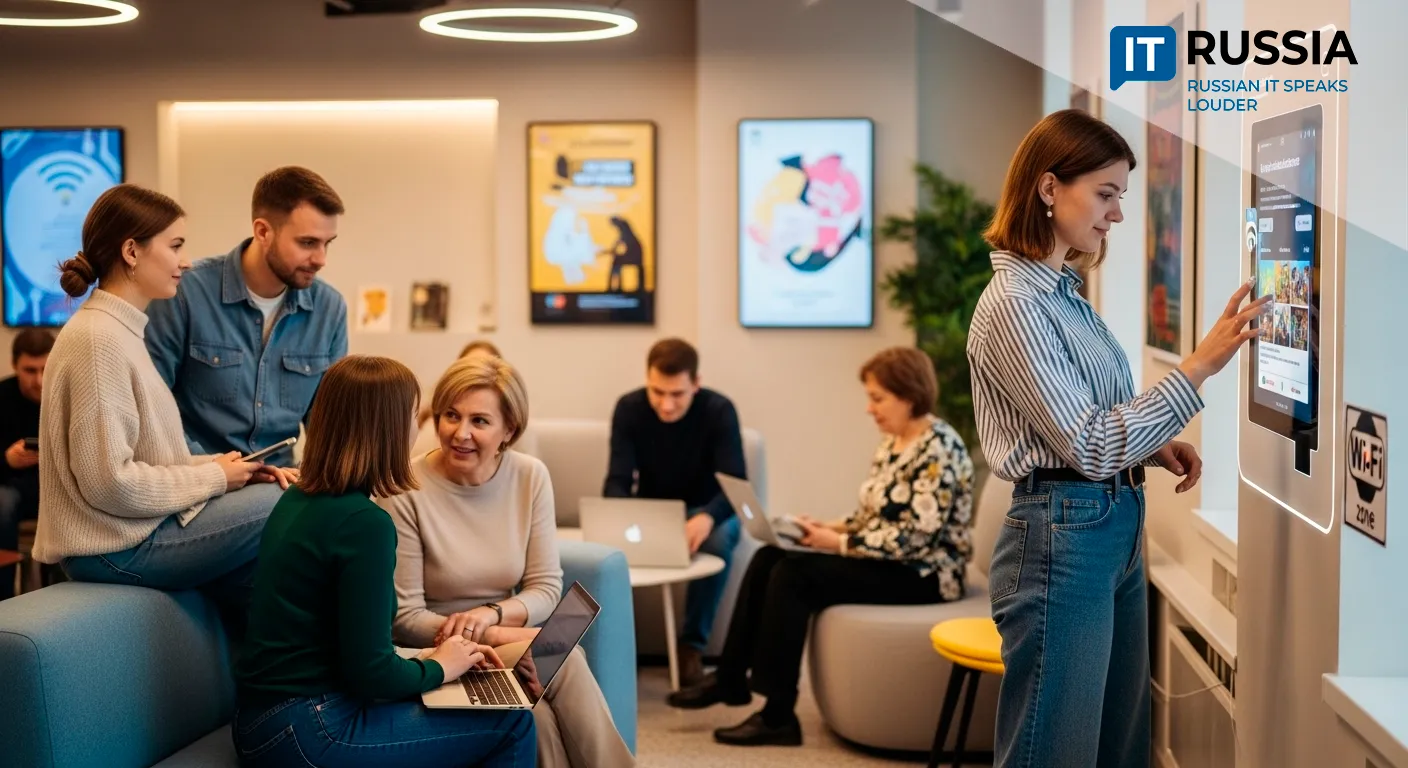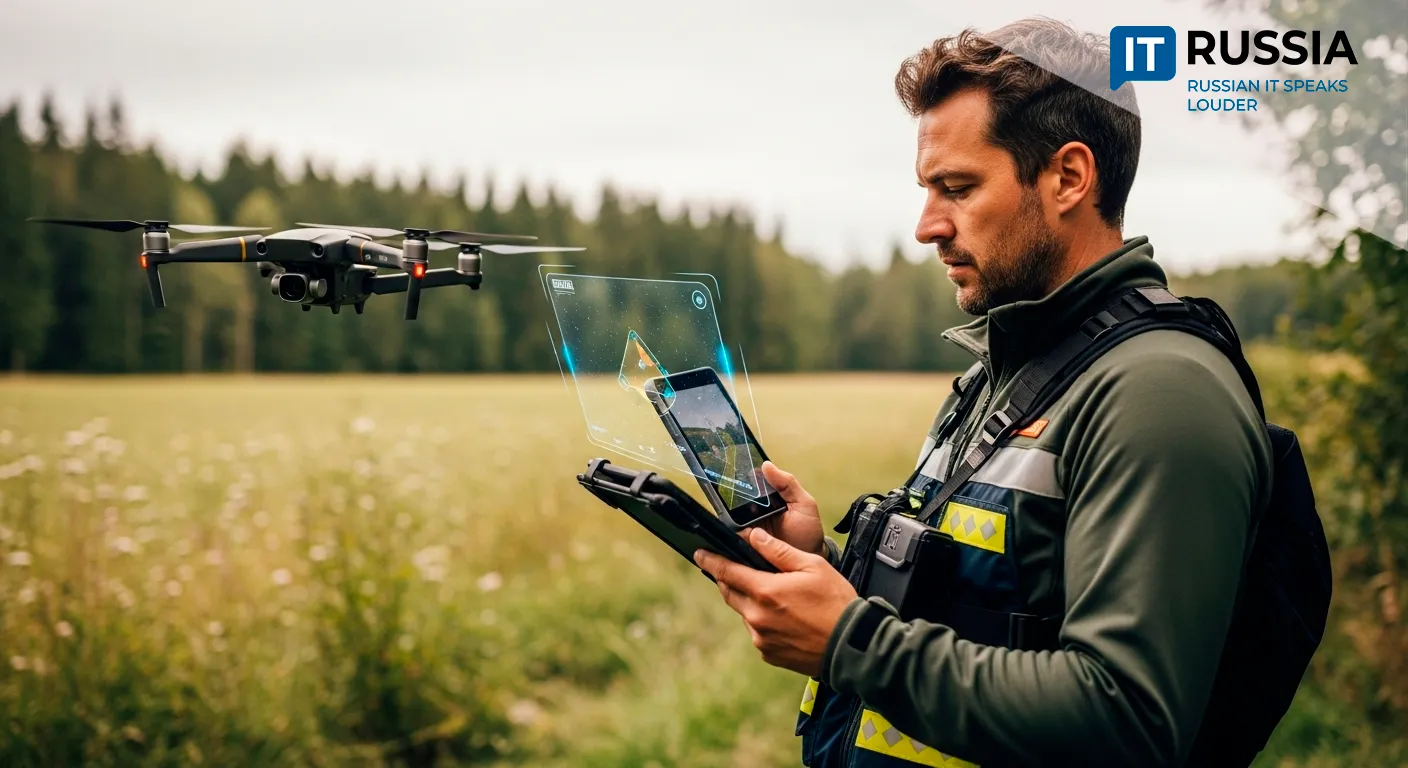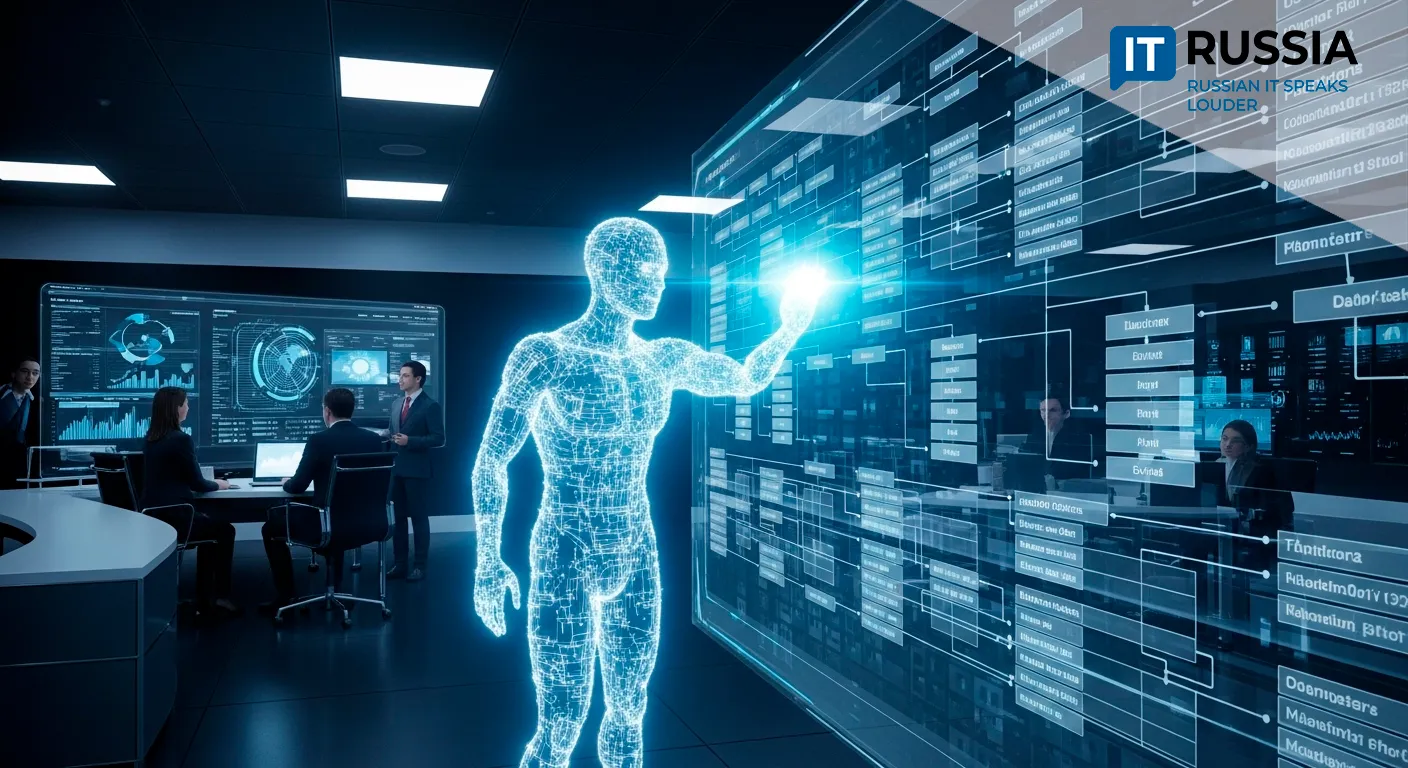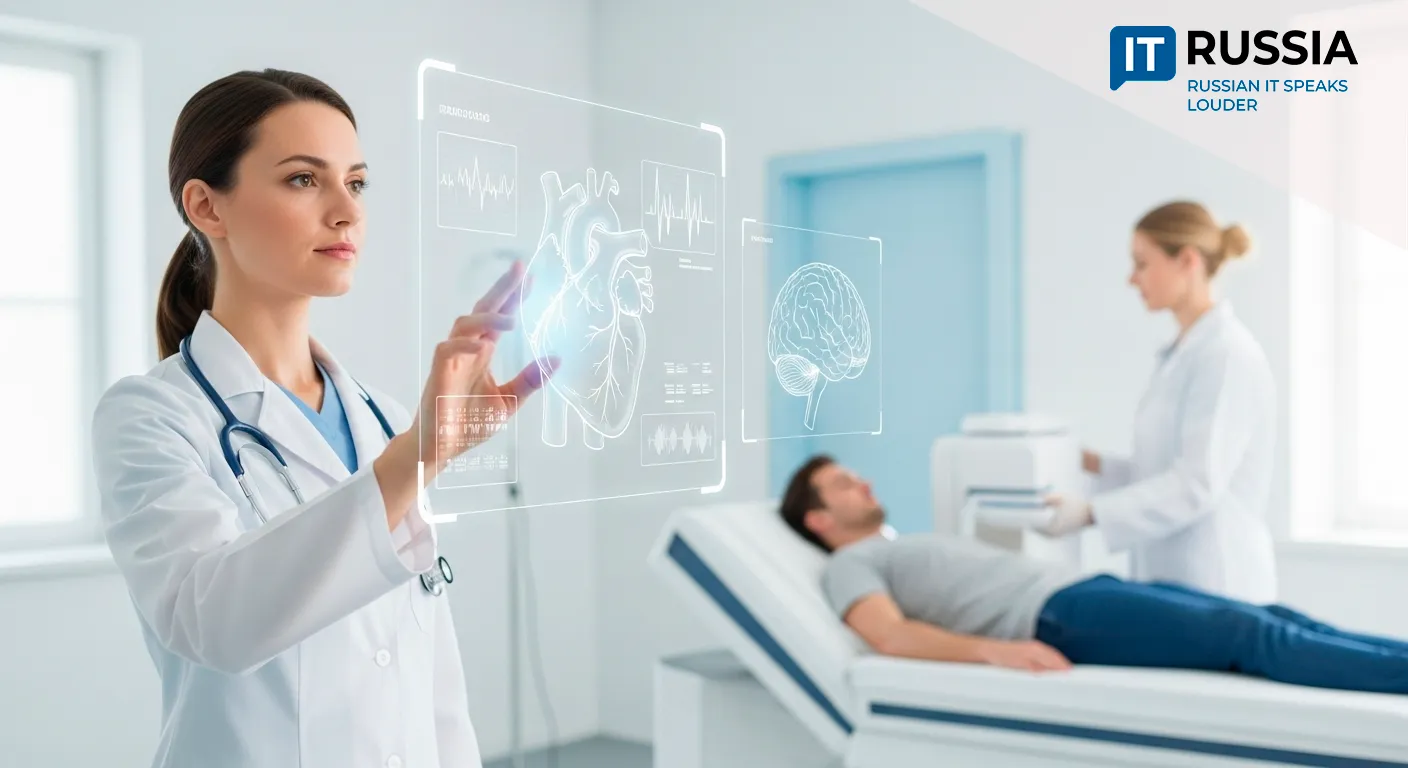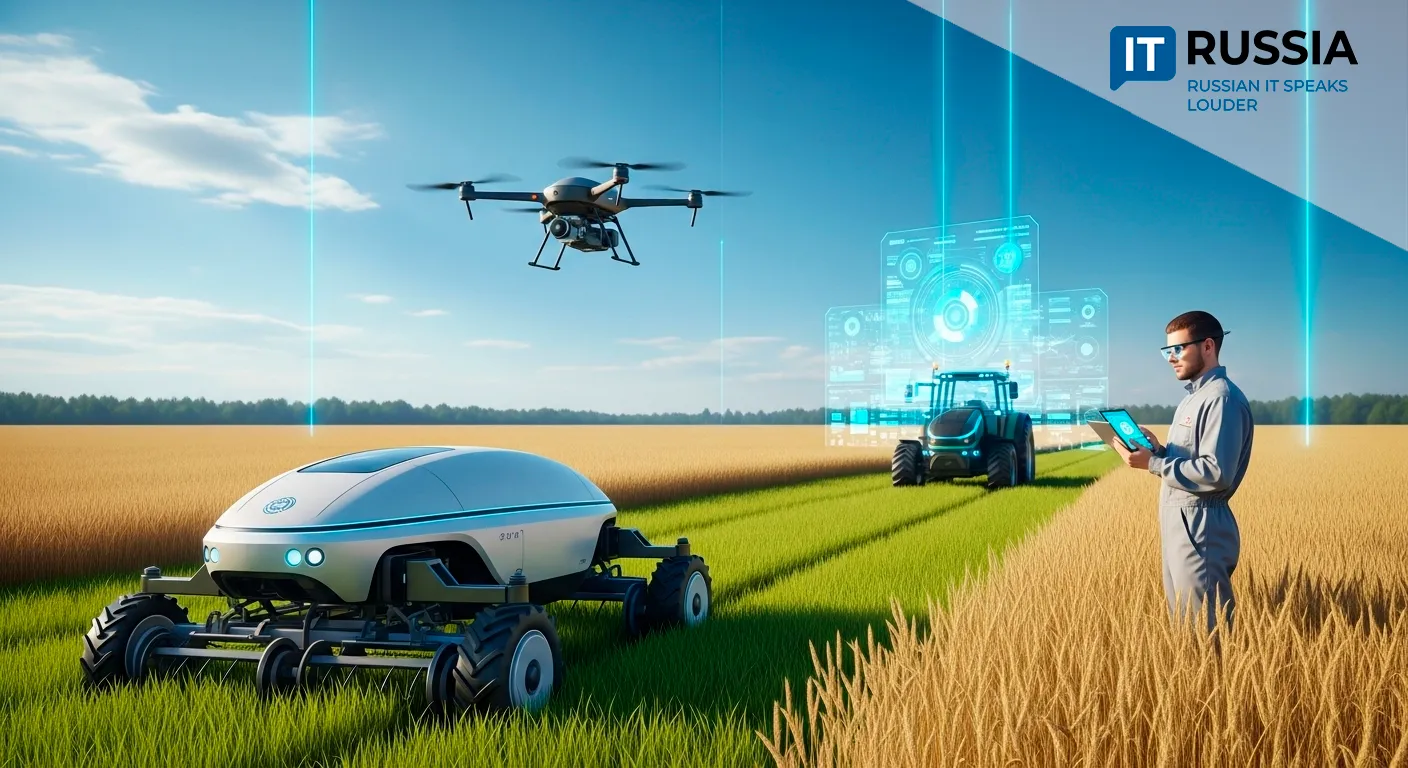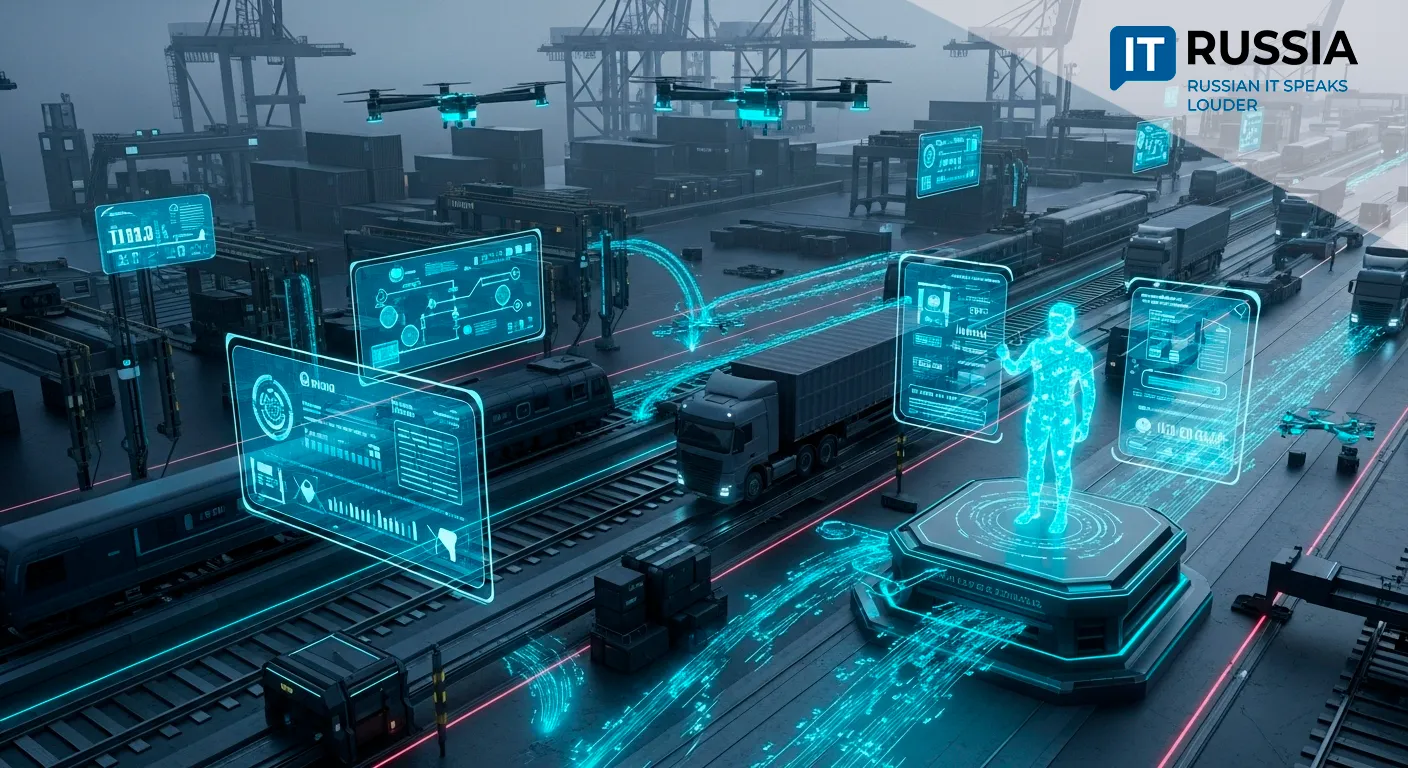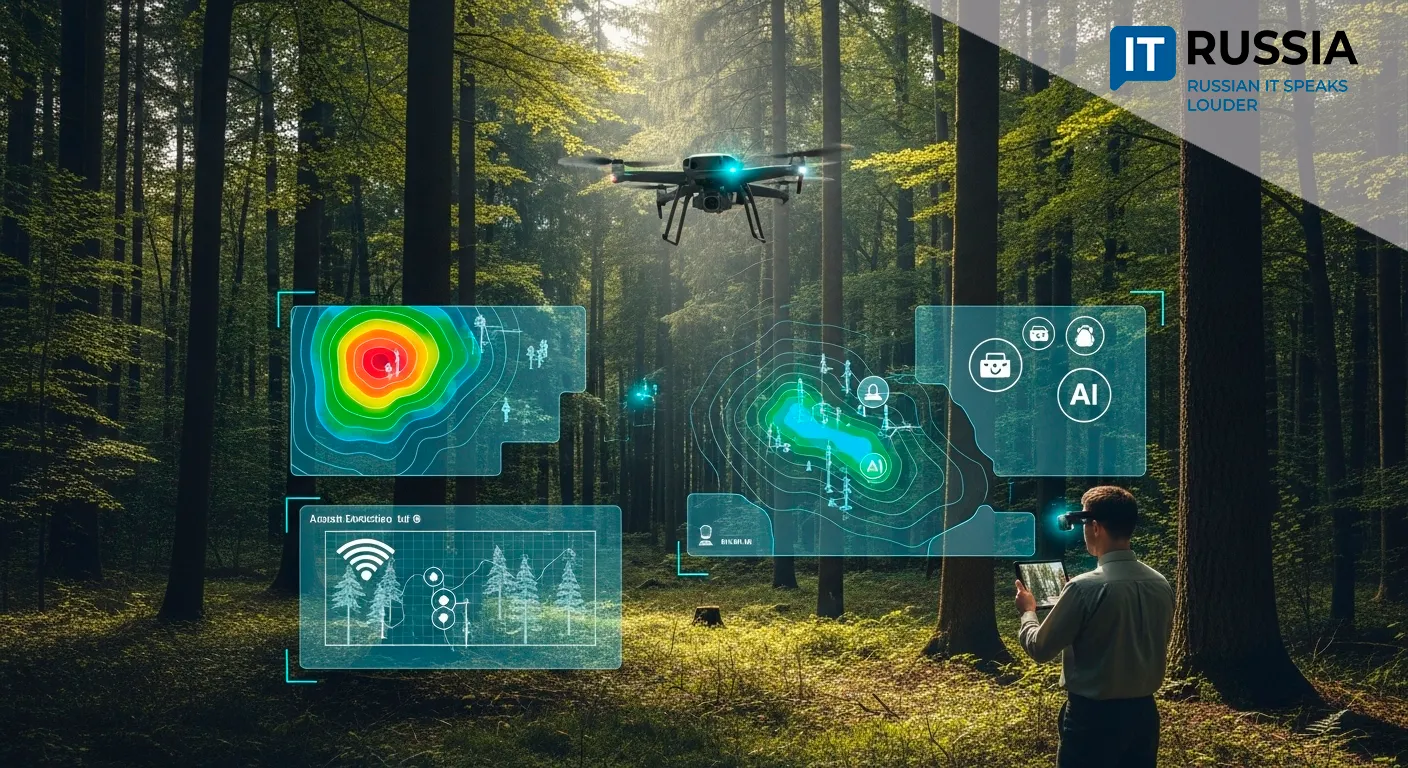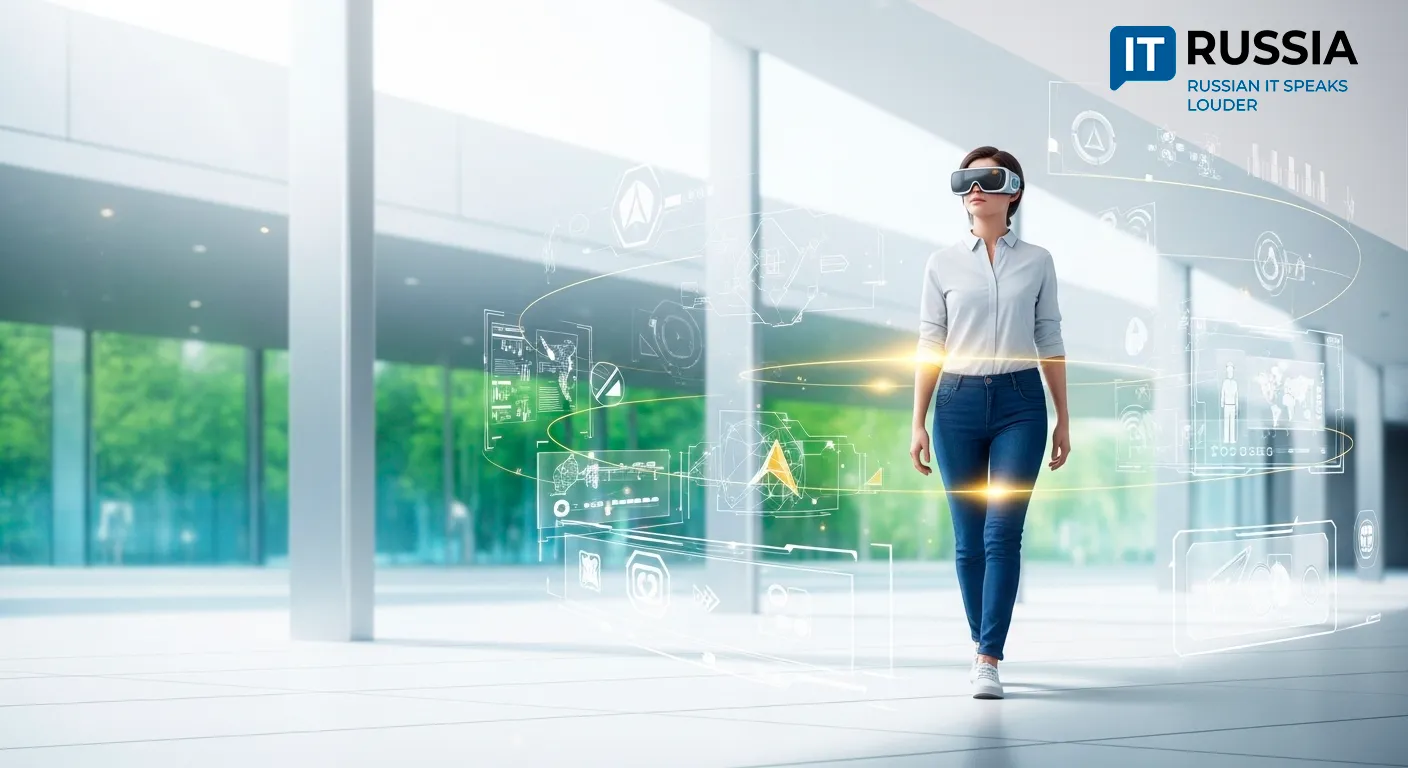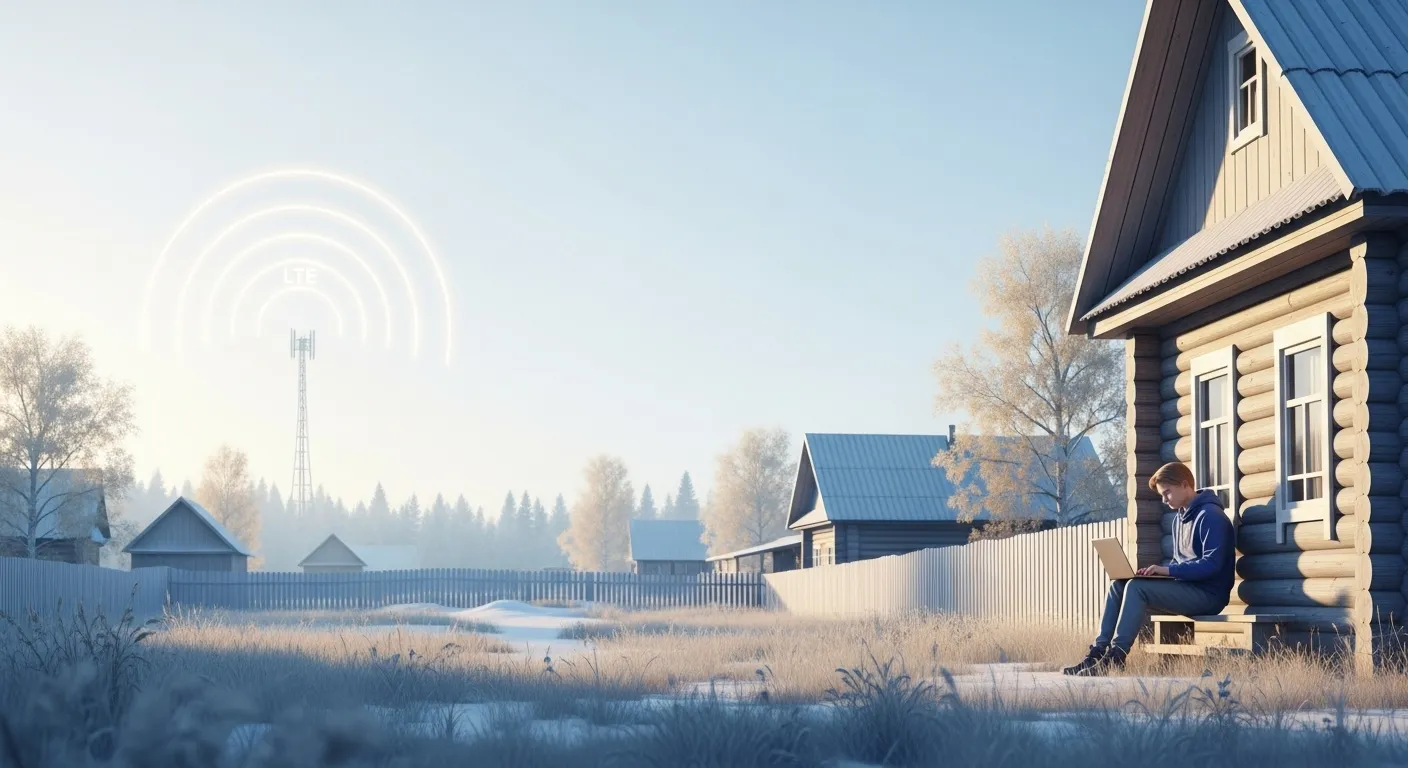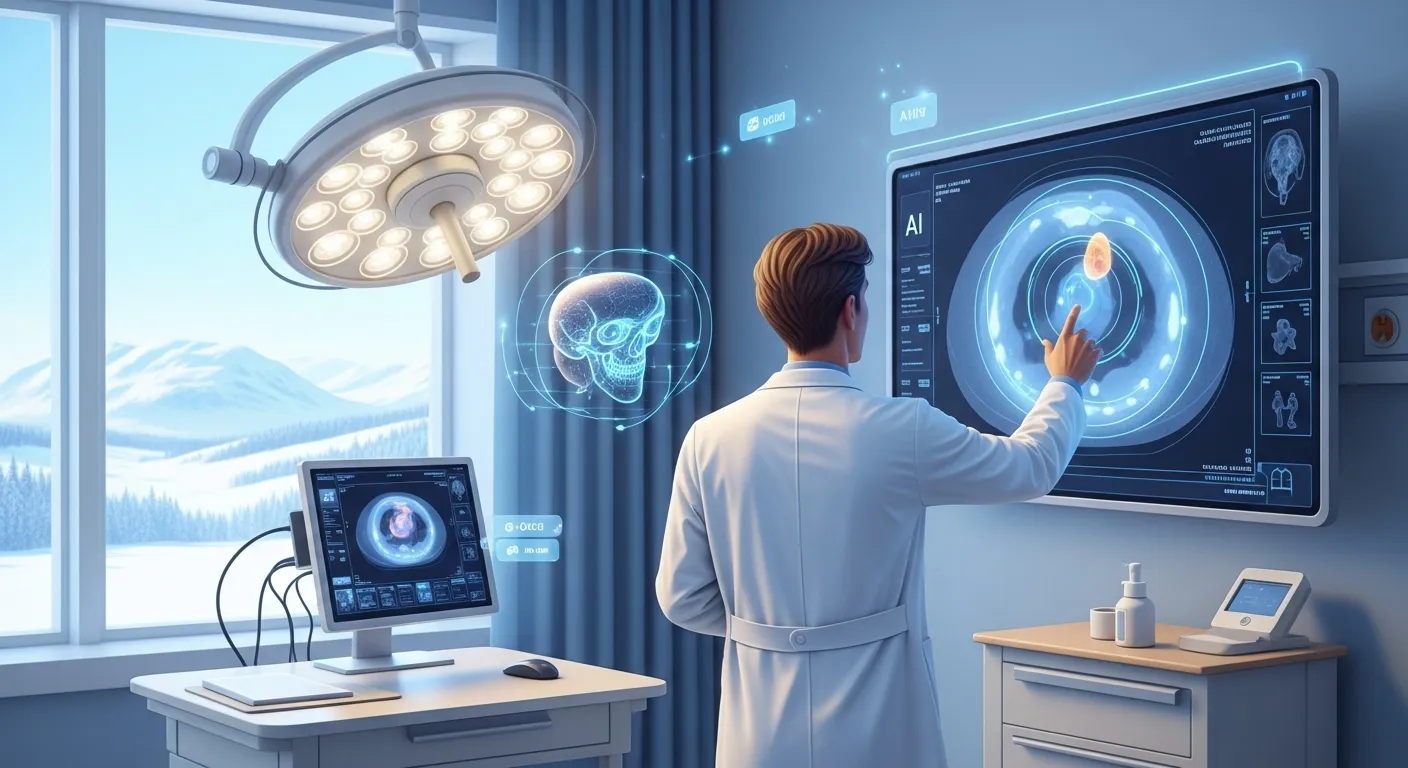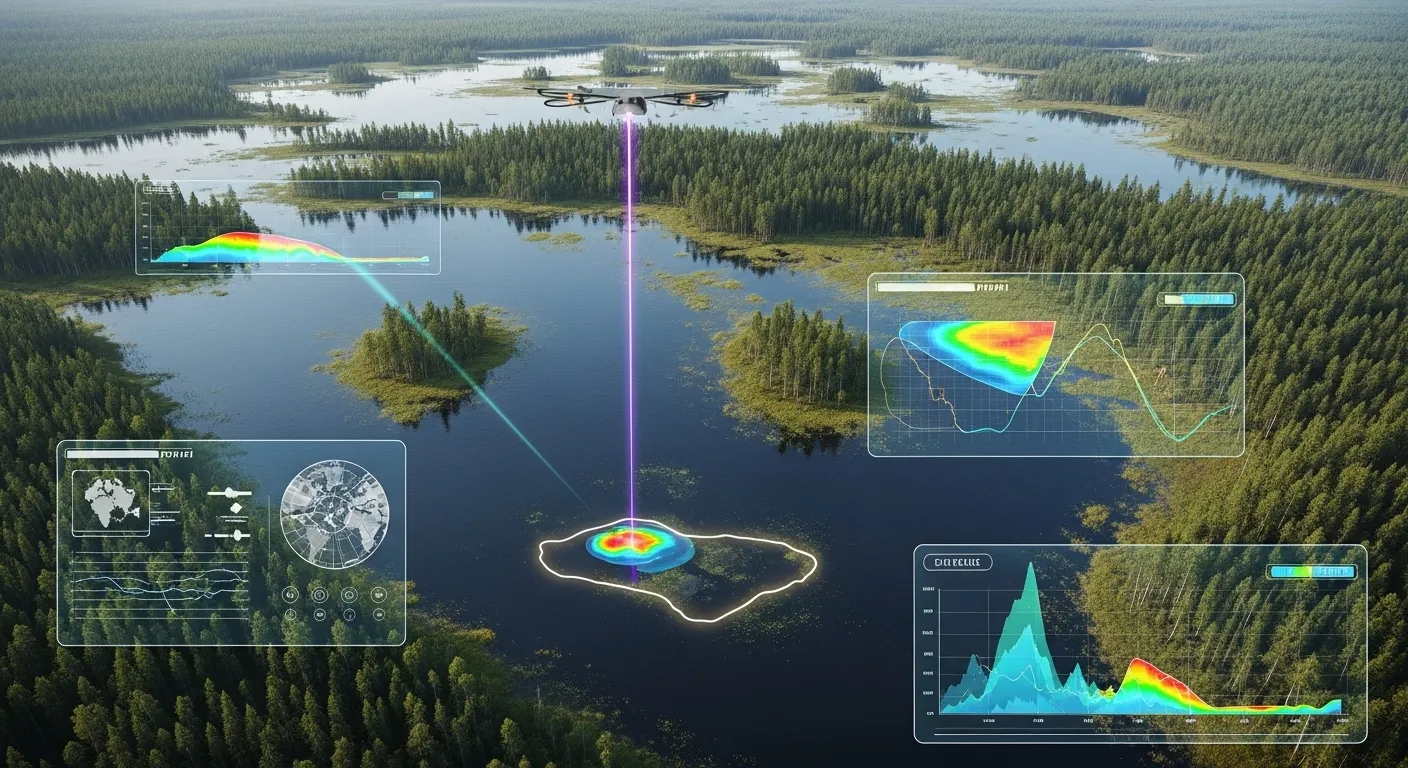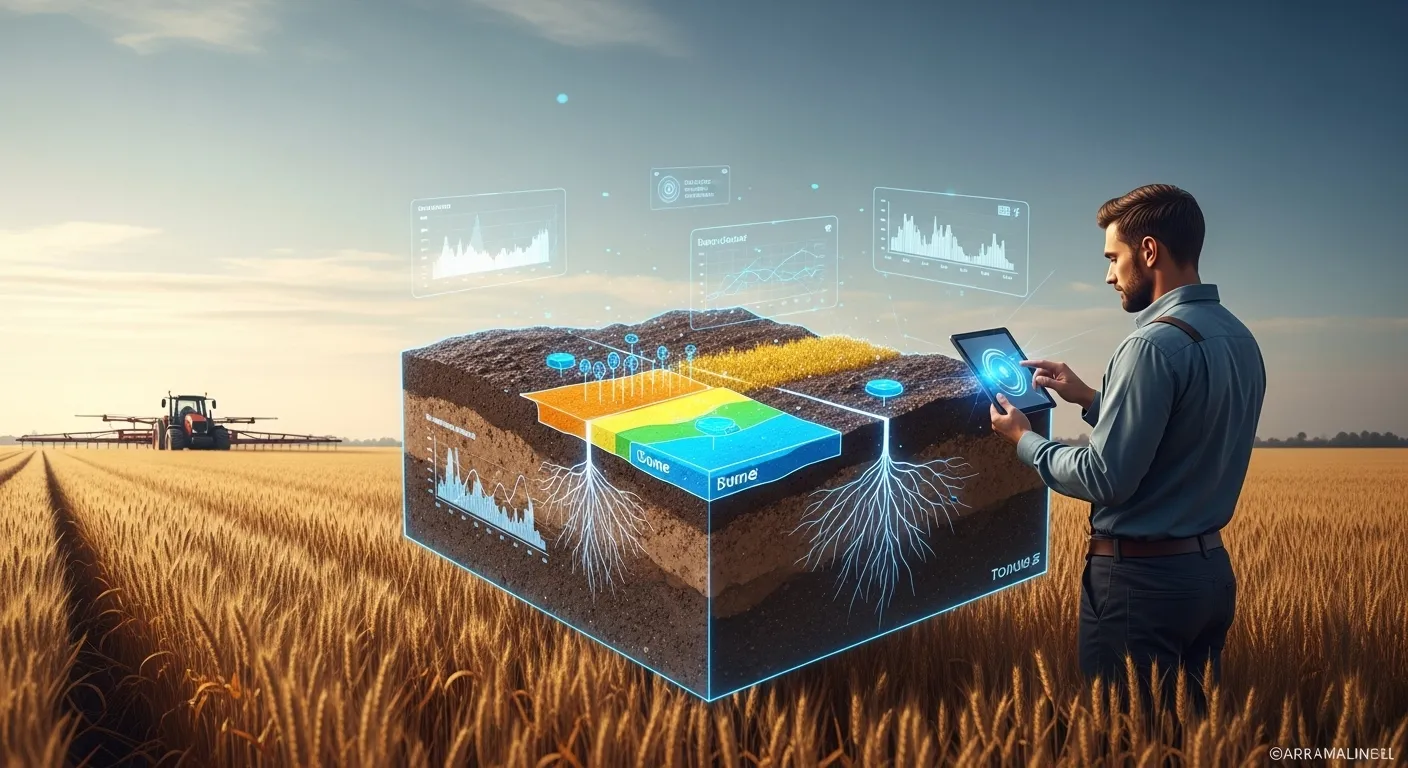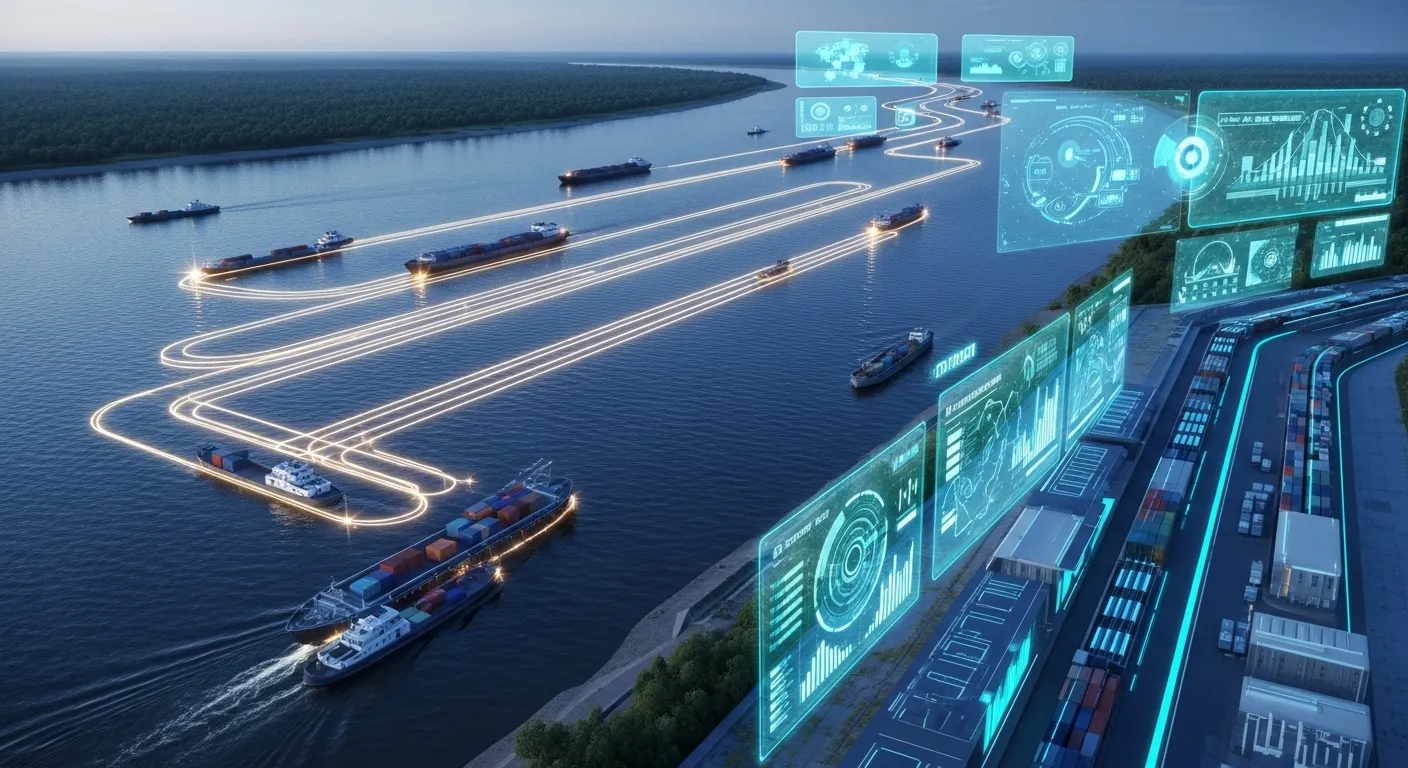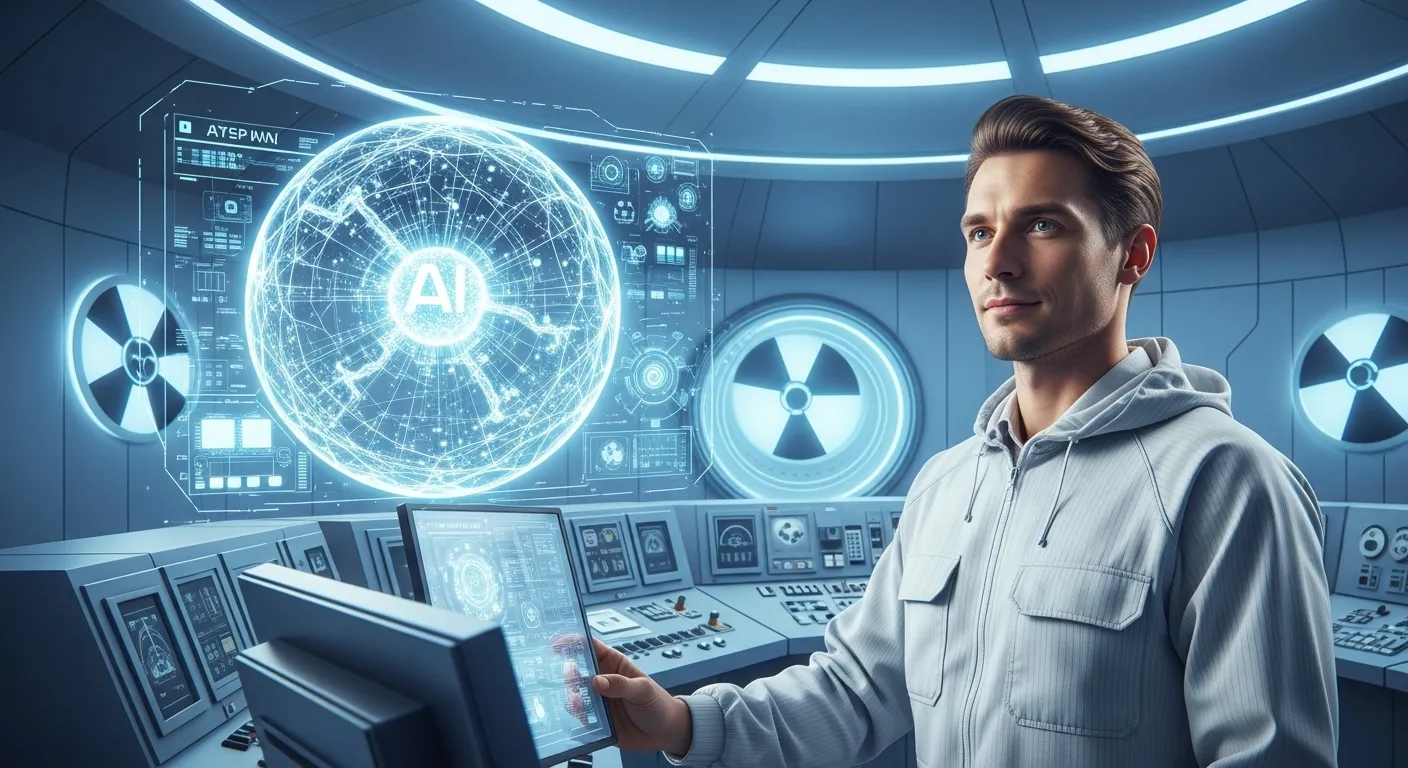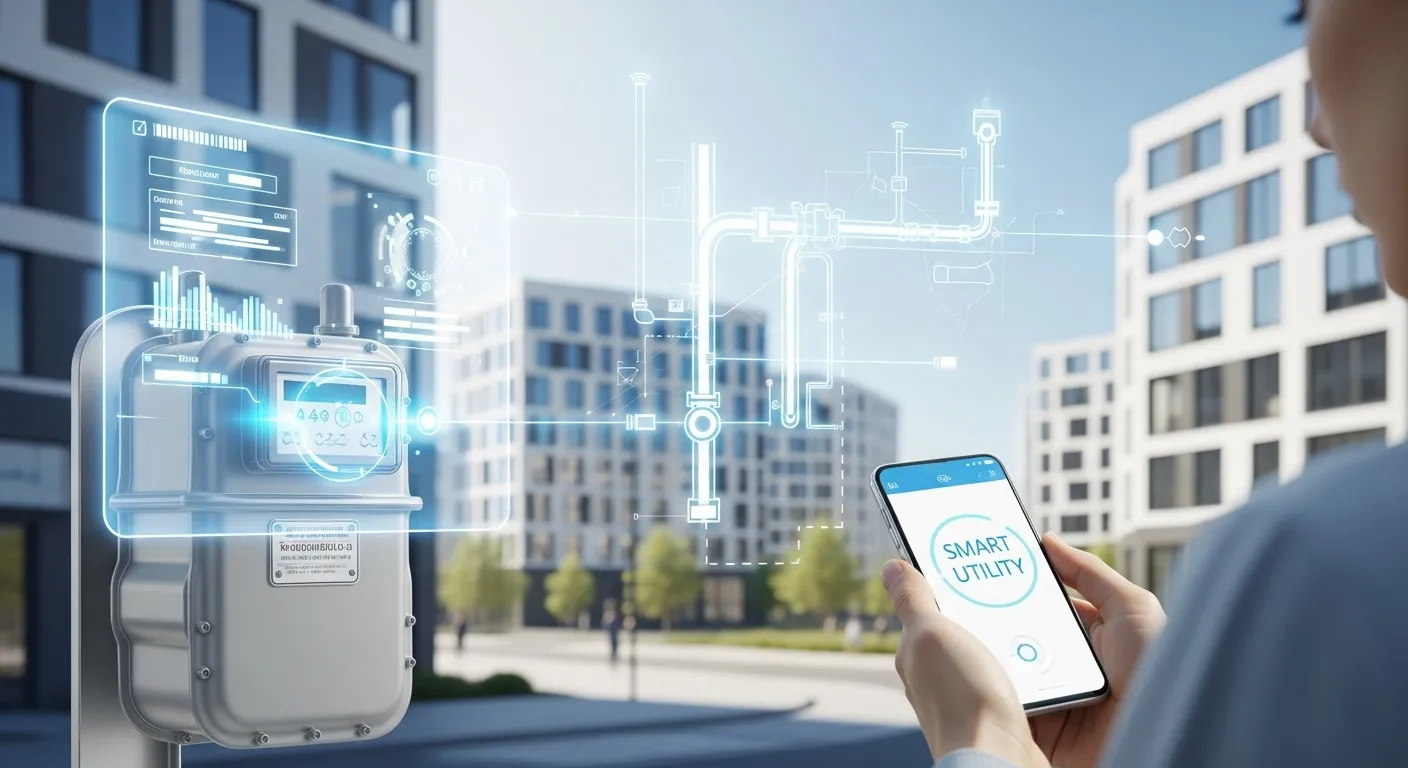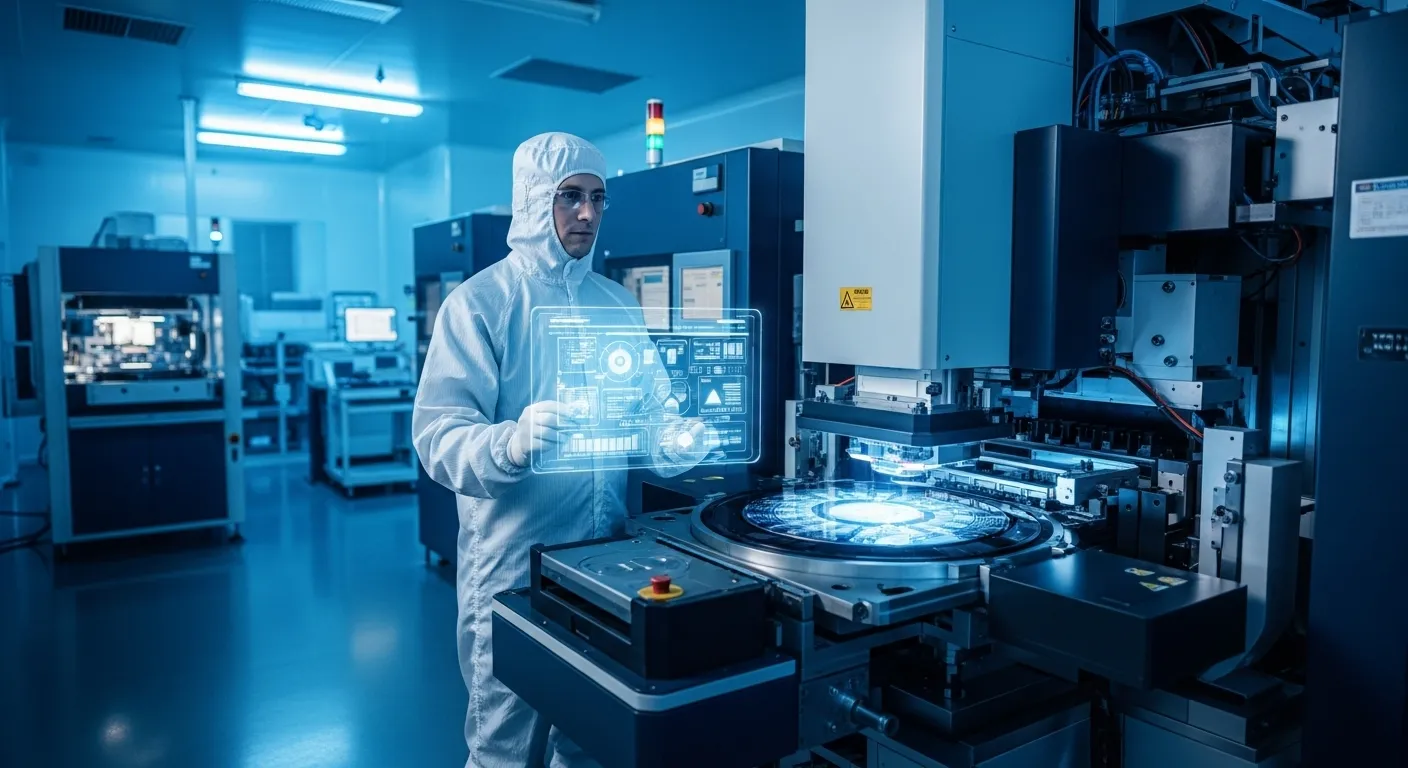Digital Core: Russia Builds AI-Driven Subsurface Modeling System for Oil and Gas
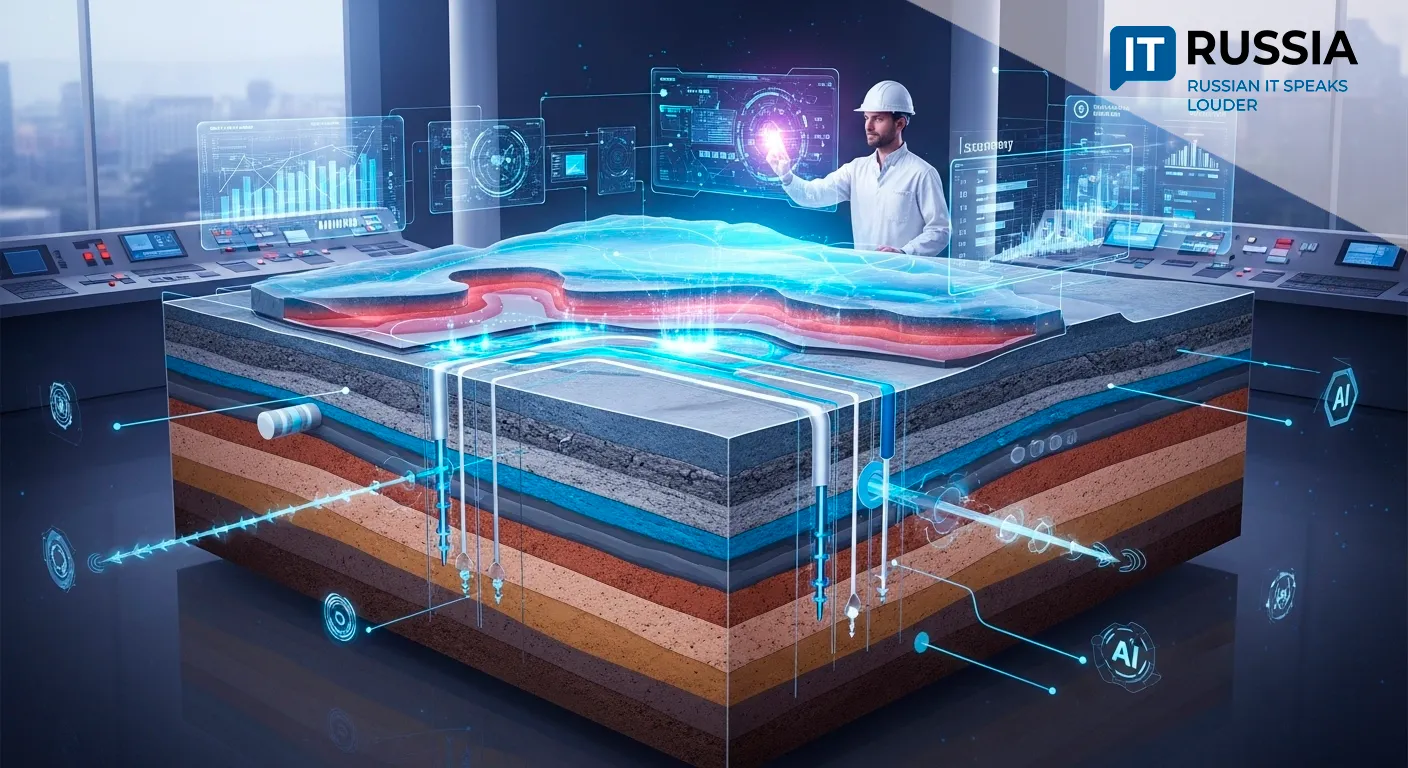
A new digital subsurface modeling platform, jointly developed by Gazprom Neft, Innopolis University, and Nedra Digital, is set to transform upstream exploration and reduce dependence on Western software.
Strategic Alliance Sets the Stage
In Russia’s push for tech sovereignty, a
new collaboration among Gazprom Neft, Innopolis University, and Nedra Digital
is redefining the rules of upstream exploration. The trio is developing a
next-generation digital system for geomechanical reservoir modeling,
integrating AI technologies to estimate reserves, productivity, and structural
integrity with unprecedented speed and precision.
Gazprom Neft contributes deep operational experience and data from active
fields. Its previous success with a proprietary geological modeling platform
proved that AI can accelerate modeling by 30–40% and surpass international
counterparts by at least five years.
Innopolis University, one of Russia’s top tech institutions, adds scientific
expertise in AI, robotics, and systems engineering. Meanwhile, Nedra Digital, a
full-cycle upstream IT platform, brings the digital backbone for
implementation.
This triad represents more than collaboration — it’s a strategic model of
domestic innovation: industry defines goals, academia provides research depth,
and tech delivers the solution. The initiative supports Russia’s broader push
toward digital sovereignty and software import substitution.
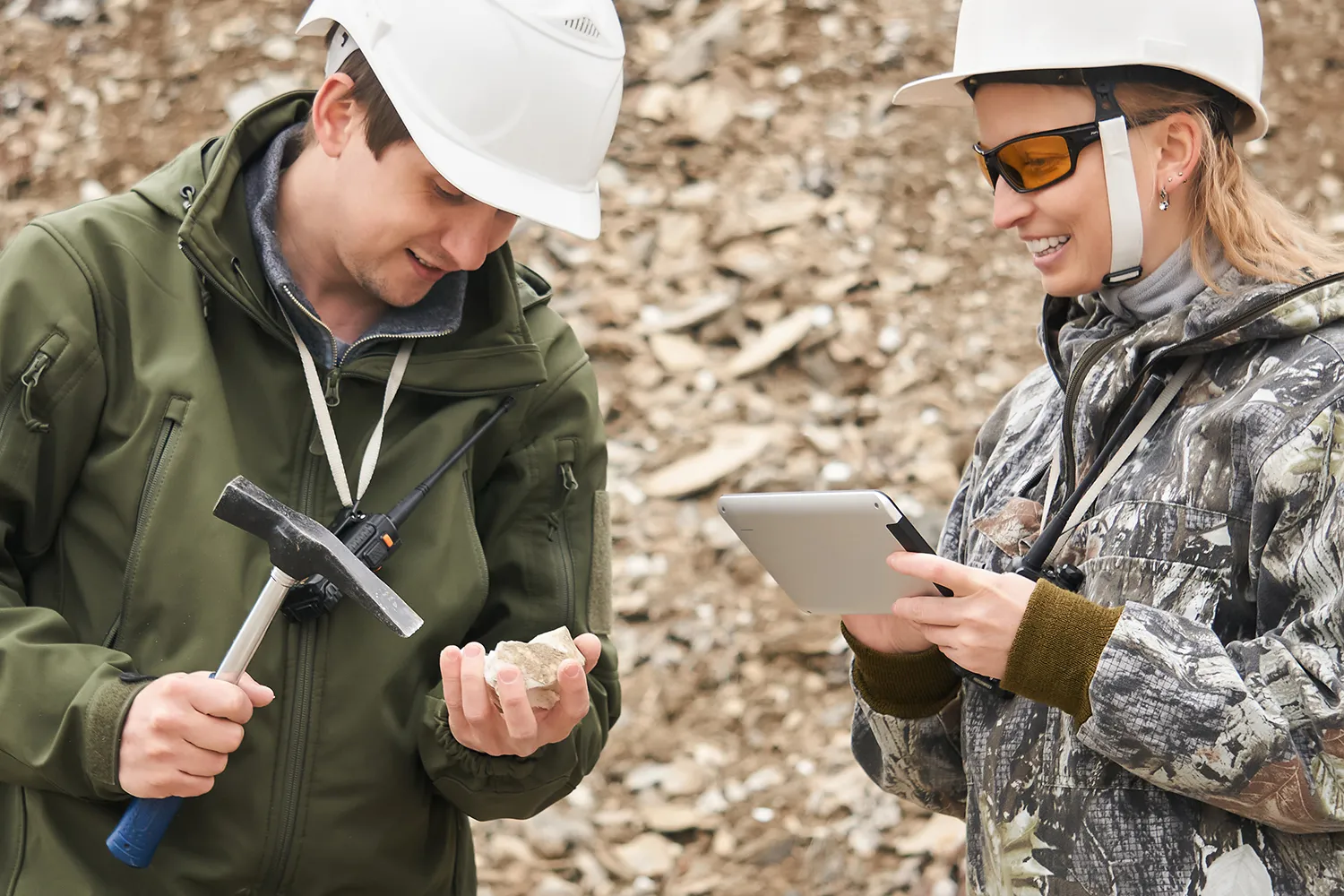
Digital Twin for Safer, Smarter Wells
The project’s core deliverable is a
geomechanical model — not merely a 3D visualization, but a true digital twin of
the reservoir.
The model simulates rock stress, fluid dynamics, and drilling
impact in high fidelity.
Benefits include:
- Optimized drilling locations to reduce costly trial-and-error;
- Improved safety by predicting wellbore collapses or fluid kicks;
- Strategic planning enabled by real-time insights.
This tech could dramatically cut exploration and development costs while
reducing reliance on Western software suites from companies like Schlumberger
or Halliburton, which are increasingly restricted for Russian operators.
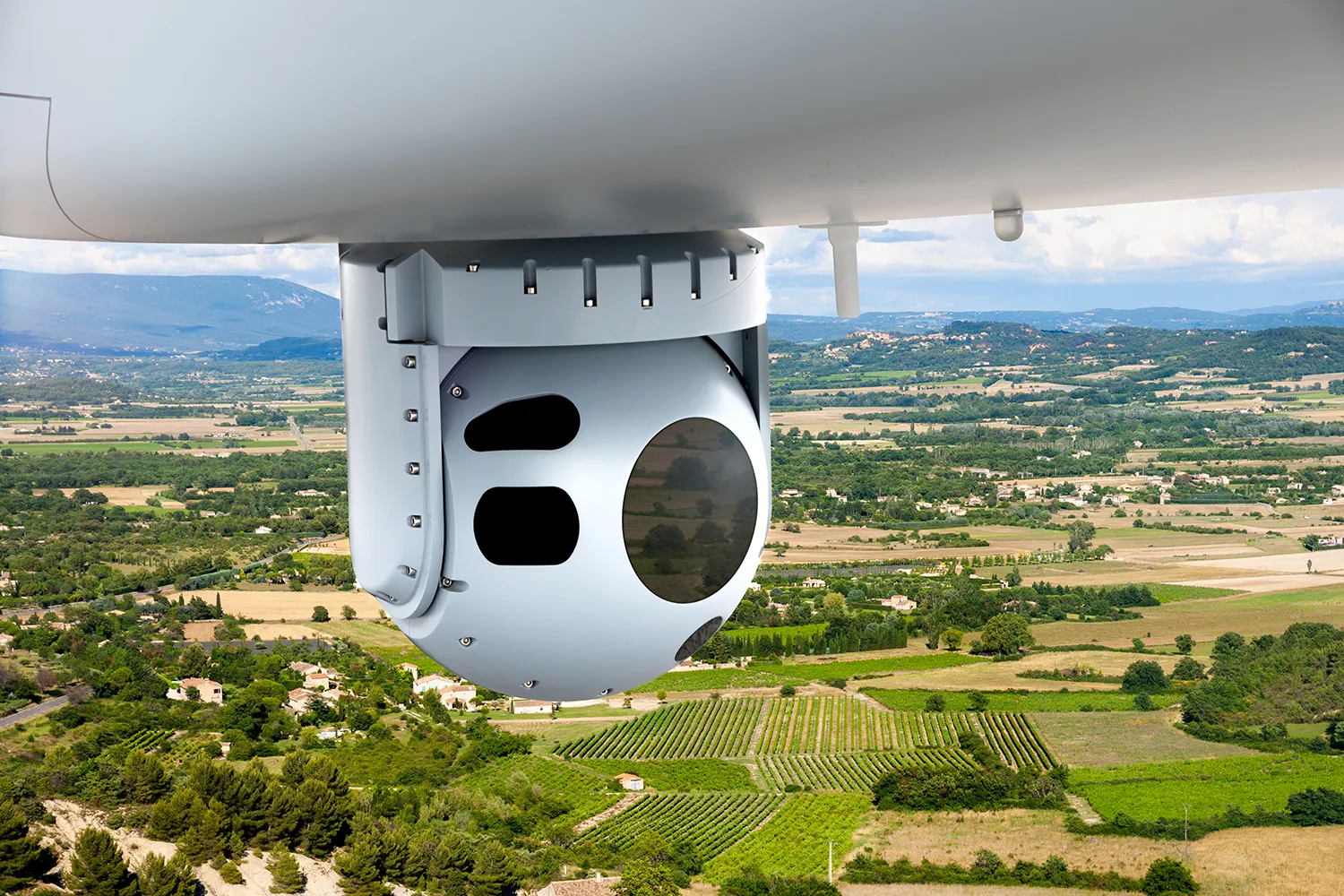
Scalability, Integration, and Export Potential
Initial pilots will roll out at Gazprom
Neft assets, but the platform’s architecture allows scaling across competitors
like Rosneft, LUKOIL, and Tatneft. While Rosneft has its own hydraulic
fracturing simulator, a full-cycle geomechanical platform would elevate the
standard.
Key challenges include the integration of geological, geophysical, engineering,
and economic data — a digital 'Tower of Babel' that requires unified standards,
robust infrastructure, and advanced analytics tools (Big Data, AI).
If successful, commercialization within Russia could begin by 2027–2028, with
exports to CIS and Middle Eastern markets by 2030. Nedra Digital is already
positioned as a global platform, and use cases with a player like Gazprom Neft
will strengthen its appeal abroad.
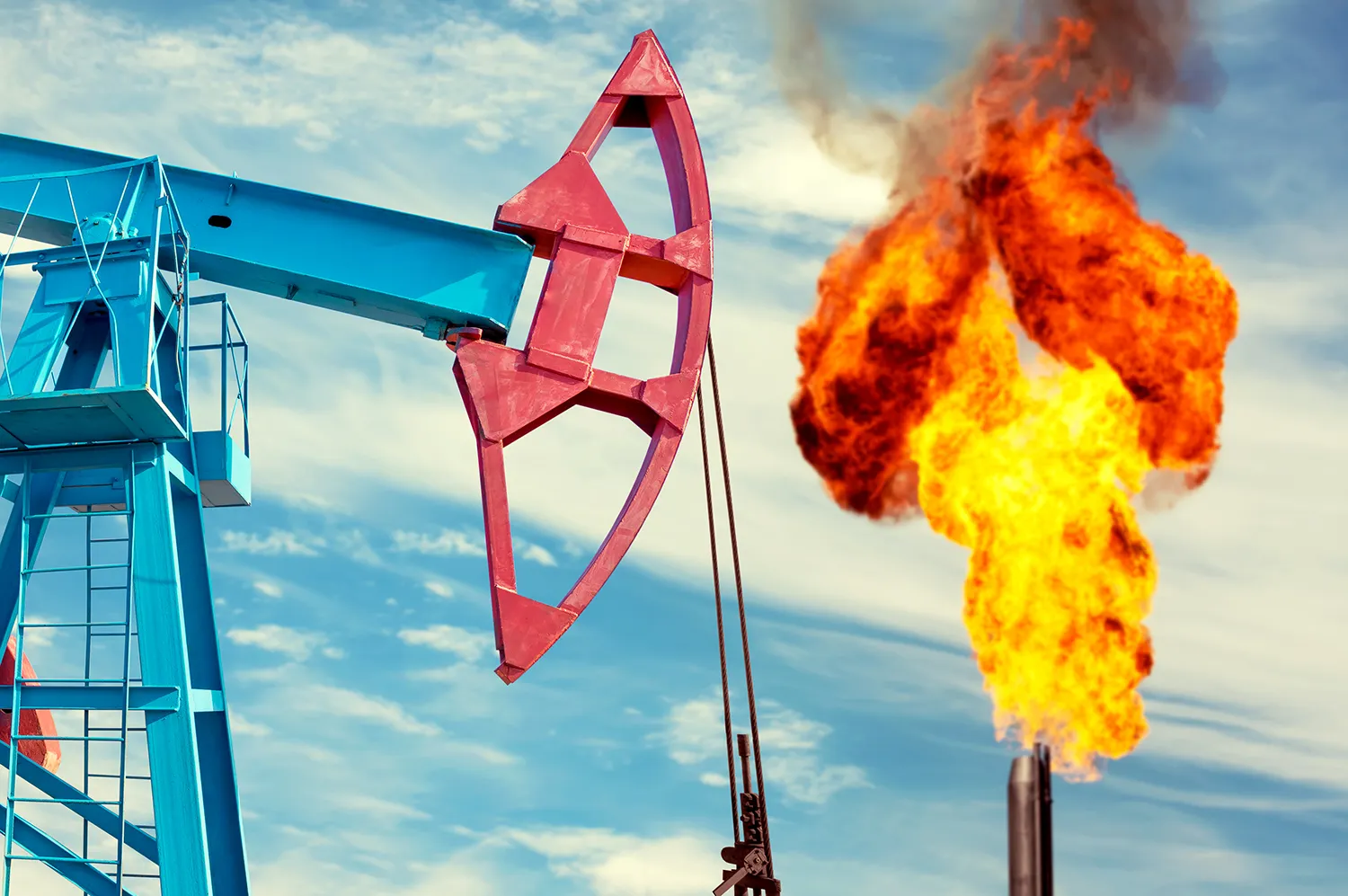
Outlook: From Pilot to Global Leader
Gazprom Neft is no stranger to digital
twins, having used them in production planning. Now, with this reservoir-scale
initiative, the goal is to launch a live pilot in 2026, with fine-tuning under
real-world conditions.
This would not only save billions in upstream costs but also move Russia closer
to a leadership position in petroleum technology.
“As part of our three-party collaboration, we will define a software feature
set based on industry needs,” said Fedor Burkov, CEO of Nedra Digital. “Our
team will perform both technical and market analyses to ensure successful
integration into oil and gas operations.”
Paper maps and manual calculations are giving way to digital Sherlocks —
AI-powered tools unlocking the Earth’s most complex subsurface secrets. And
they’re being built in Russia.



